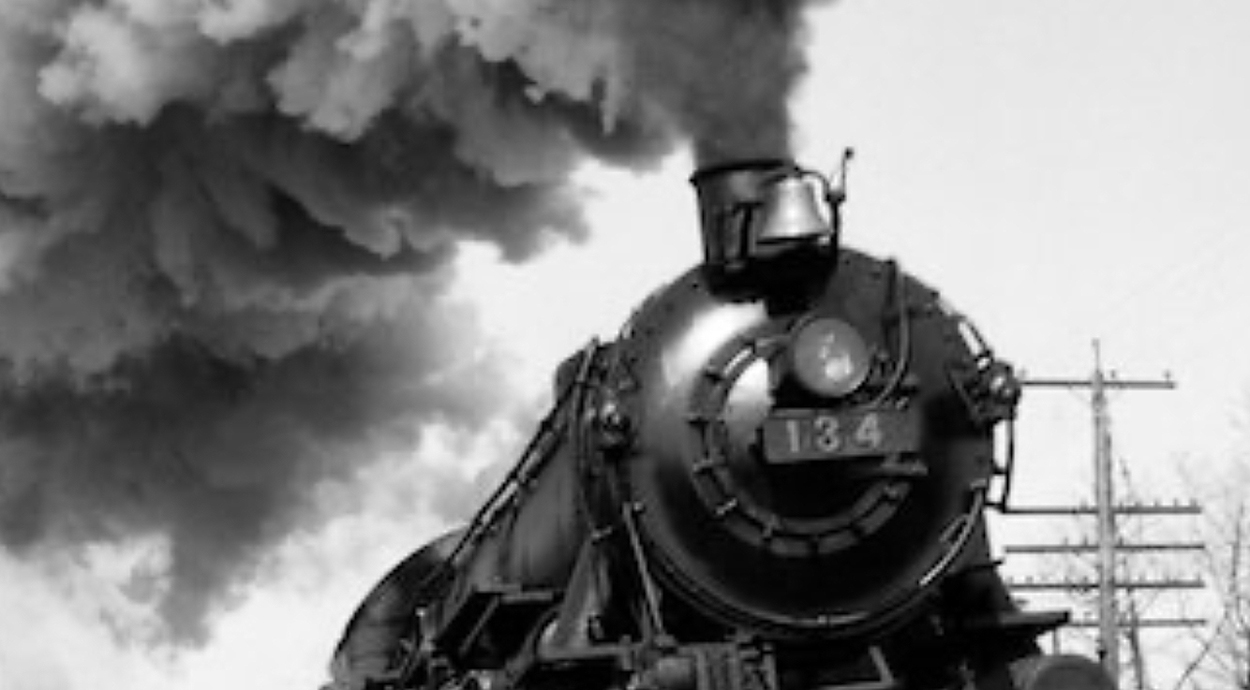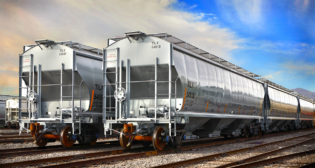
A CARB-Free Diet Will Require Magic Beans
Written by David Nahass, Financial Editor
FINANCIAL EDGE, RAILWAY AGE AUGUST 2023 ISSUE: The new locomotive market has languished since 2016 the year prior to implementation of Tier IV emissions standards. In 2015 and 2016, according to David Humphrey, Senior Data Scientist at Railinc and perennial Rail Equipment Finance speaker, roughly 1,600 new locomotives were manufactured. In the following six years (ending in 2022), 900 new locomotives were built. Halfway through 2023, that number will not significantly increase.
Leave it California to come to the rescue.
On April 27, the California Air Resources Board (CARB) released a lengthy policy directive aimed at North American rail, specifically at railroad and industrial companies operating locomotives in California. The net takeaway? Starting in 2024, the Golden State (or the Eureka State if you prefer) is looking to begin a movement to a zero emissions (ZE) standard for locomotive operations. This would include a 2024 implementation of a ZE savings account to be used once 2030 arrives and the standards aren’t met. Think of it as a carbon tax.
The justifications for this new policy are estimates that in 2022, locomotives emitted more than 640 tons per year of PM (particulate matter) and almost 30,000 tons per year of NOx. These are significant totals, but as the saying goes, context matters. When looking at the total picture of carbon-based emissions in California (as of 2020), the largest polluter is passenger autyomobiles (25.5%, more on that momentarily) followed by power generation (11.1%) and trucks (8.8%). Where does rail fall in that spectrum? 0.3%! It is the lowest registered total in the summary issued by the state.
While you’re picking your chin up off the floor, unsurprisingly, AAR and ASLRRA did what they had to do under the circumstances: They filed a lawsuit against California in June.
Sound familiar? This movie is a rerun of the California decision to ban the sale of combustion engine automobiles by 2035 following a phased in implementation of ZE (at the tailpipe) automobiles. (CARB has not projected or at least not made it easy to find projections on how decreased tailpipe emissions will increase statewide power generation emissions.) The automotive industry began and subsequently terminated a lawsuit against California. Following the CARB rules, 17 other states passed similar requirements.
AAR and ASLRRA may be suing more for modification than for repeal when all is said and done. The likely reality is that other states will pile onto the California locomotive emissions rules just as they did for automobiles.
The victims of this California carbon tax would seem to be the railroads. But, as Don Graab points out in his excellent summary about the alternative fuel landscape published in July’s Railway Age, railroad executives are already thinking about the next generation of locomotive and the possibility of ZE. The problem is the technology and ZE goals (including emissions reduction goals set by the railroads themselves) are not offering seamless execution. Canadian Pacific Kansas City has the most aggressive hydrogen-based net zero emissions project, and CSX has (smartly) aligned itself with CPKC on this front. Everything else feels rudderless right now.
As Graab notes, locomotives built before 2007 can be outfitted to burn hydrogen as a primary fuel, so the idea that every locomotive built prior to 2007 cannot fit into the ZE puzzle is a fixable problem within the California policy. But the real problem is this: Unless someone has a pocket full of magic beans that they can use to come up with a universal solution, the California policy will force action. That action may or may not be the best or most cost-effective solution.
There are 278 million automobiles in the U.S. with an average age of 12.5 years. There are 37,700 locomotives in North America with an average age of 26.5 years (thank you again Dr. Humphrey). Cars and trucks built in factories haul people and modest amounts of freight. Locomotives pull prodigious quantities of freight over long distances. Similarities end with wheels and consumption of refined fuel. Moreso, churning the automotive fleet from combustion to electric is consumer-based and “easier” than wholesale changes to the locomotive fleet. Without a clear alternative fuel strategy in place, don’t expect a robust build year in 2024 or 2025 just yet.
Forced change may not be the best change. The interchange system requires a more thoughtful approach to address the economic impacts of CARB’s policy initiative.
But let’s be honest. CARB’s ready, fire and aim strategy here underscores a fundamental misunderstanding of the nature of the railroad business with critical implications. As a result of CARB’s success in staring down big auto, it is no wonder they are leading with edict rather than inviting AAR and ASLRRA to engage in feasibility studies and to develop a workable plan. What other choice was left other than to pursue remedy through litigation, even given a low likelihood of success?
Steak a la carte, please.
Got questions? Set them free at [email protected].



